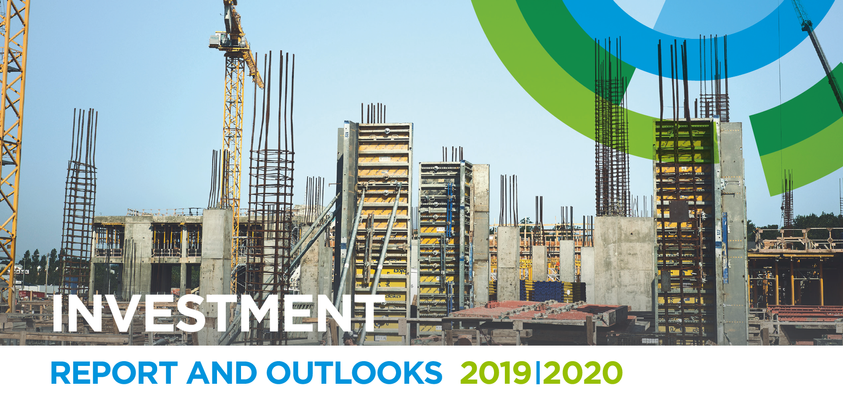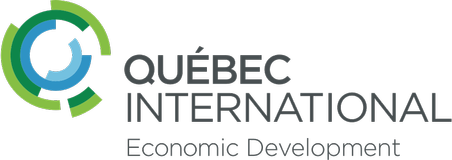Non-residential investment in the Québec City census metropolitan area (CMA) reached a peak in 2019, with $4.6 billion in expenditures. This performance was supported in part by investment from service-producing industries, which also reached a peak since 2013. The public sector, through the various government levels, continues the momentum started after 2015, reaching $2.6 billion in 2019, another peak in the CMA2. As for residential investment, housing supply resumed its rise, with construction starts estimated at 6,203 new units in 2019. The existing home market also performed well as the resale market registered 8,307 transactions in the CMA, a historical record.
The current pandemic appears in a context where the CMA’s various economic stakeholders, aware of the good economic health and the favourable outlooks in the region, were showing the will to increase investment. While the effects of the current crisis are still difficult to measure, it is clear that the CMA will have to show resilience. Major investment projects, like the structured public transit network, the speeding up of investments planned as part of the Plan québécois des infrastructures, or the government’s announced investment into science and technology projects related to COVID-19, will give the region a stepping stone to continue its economic development.




